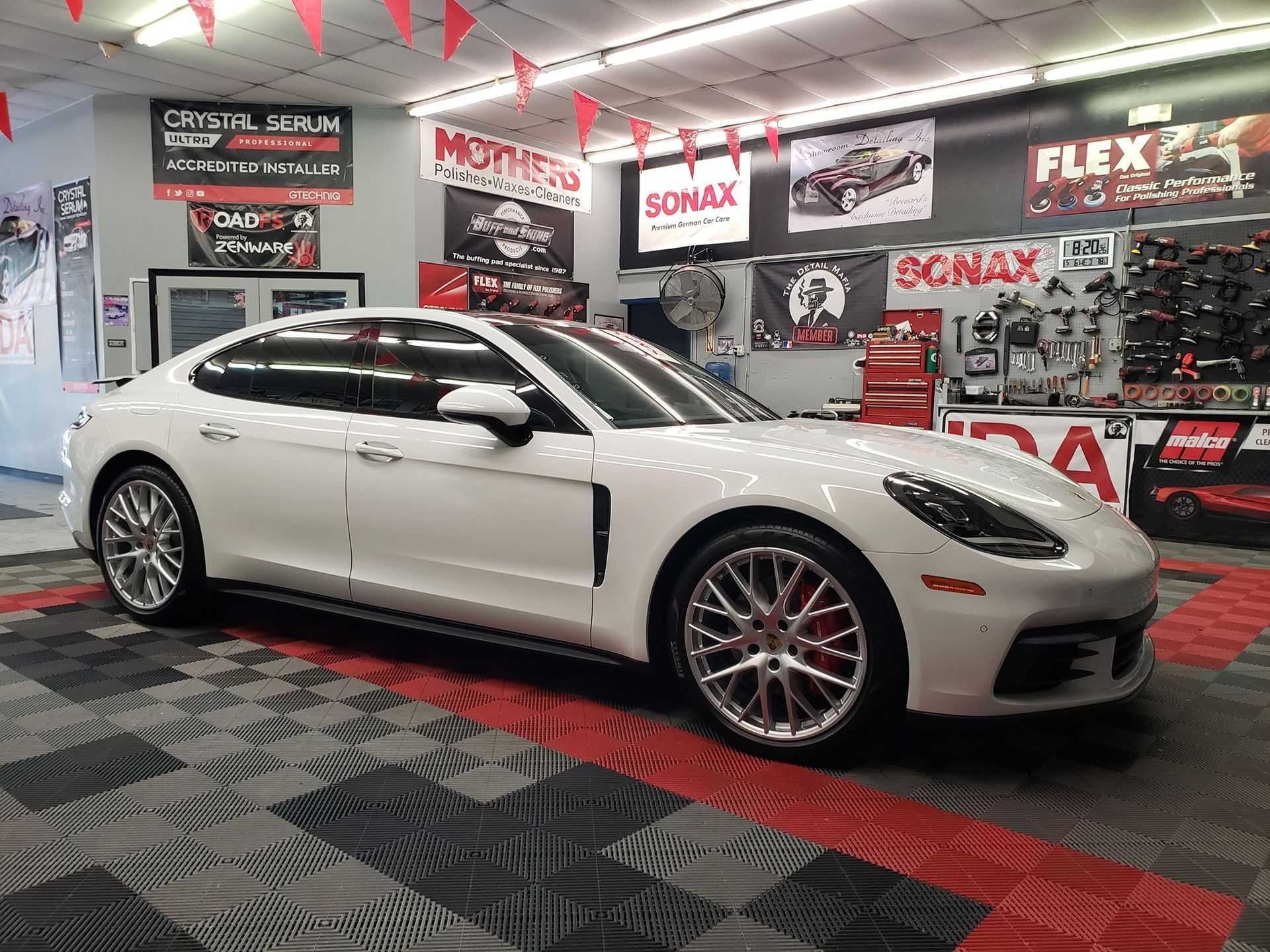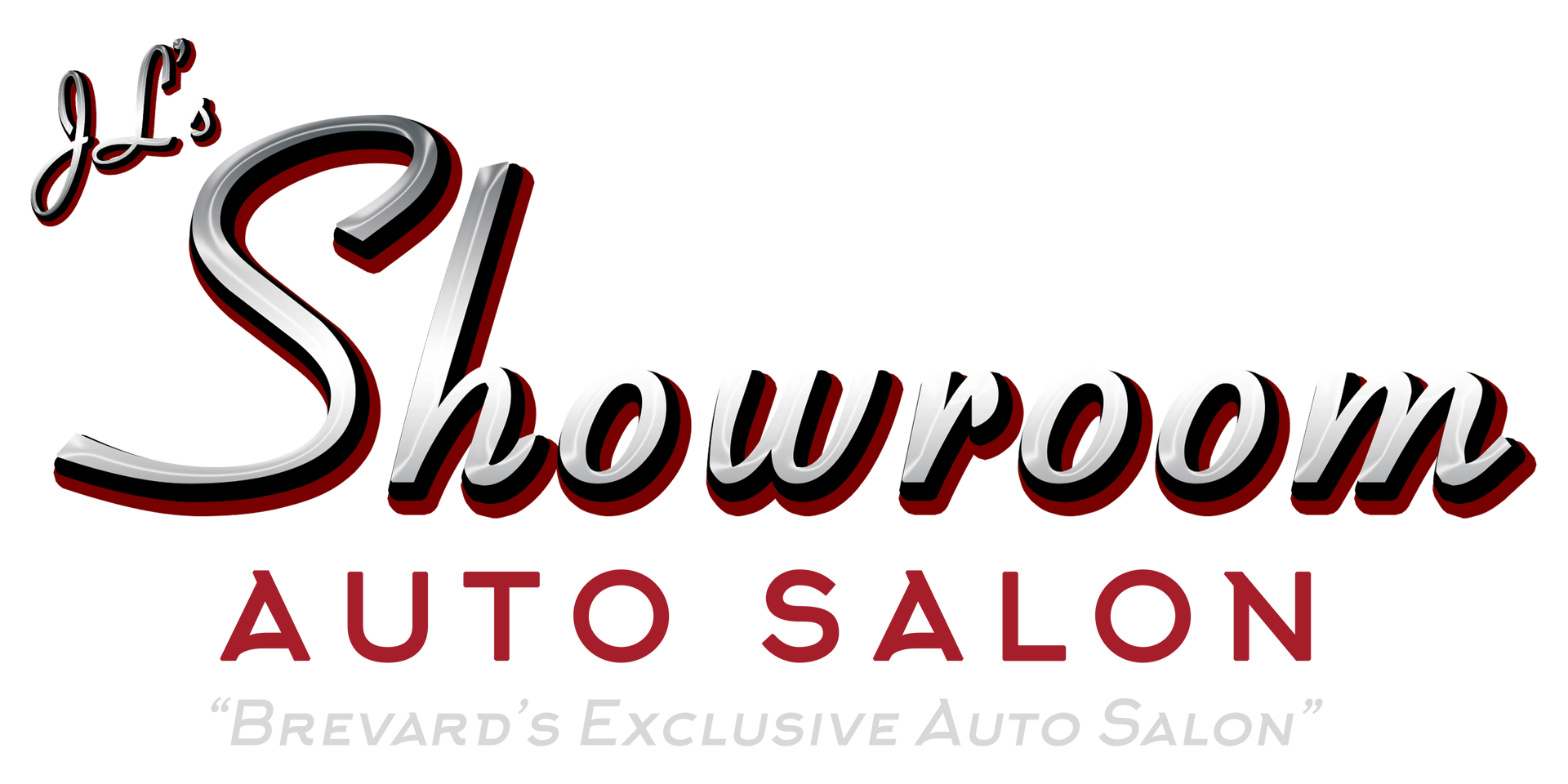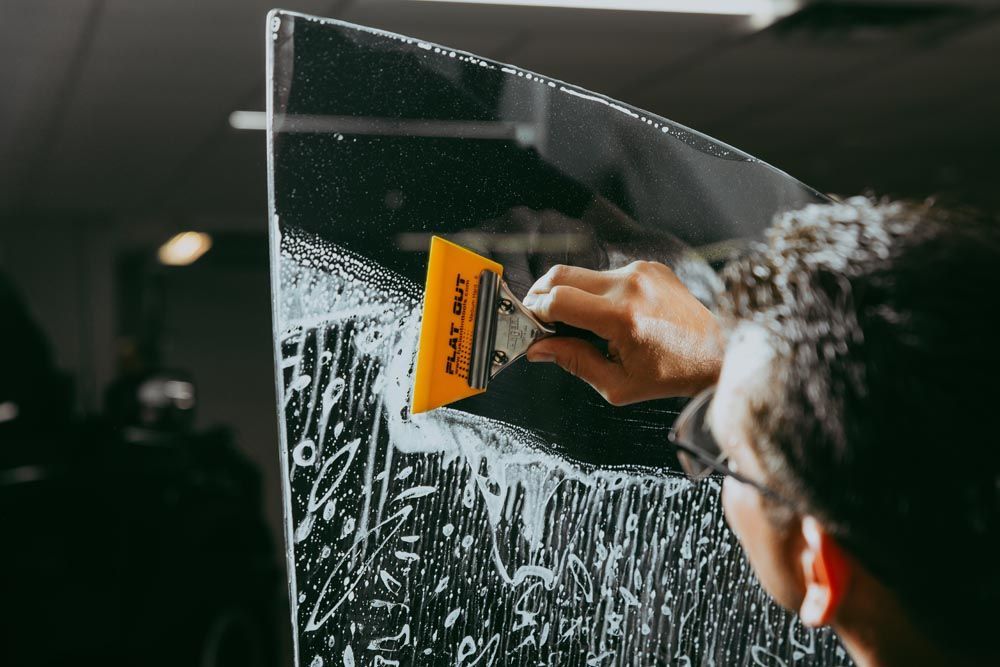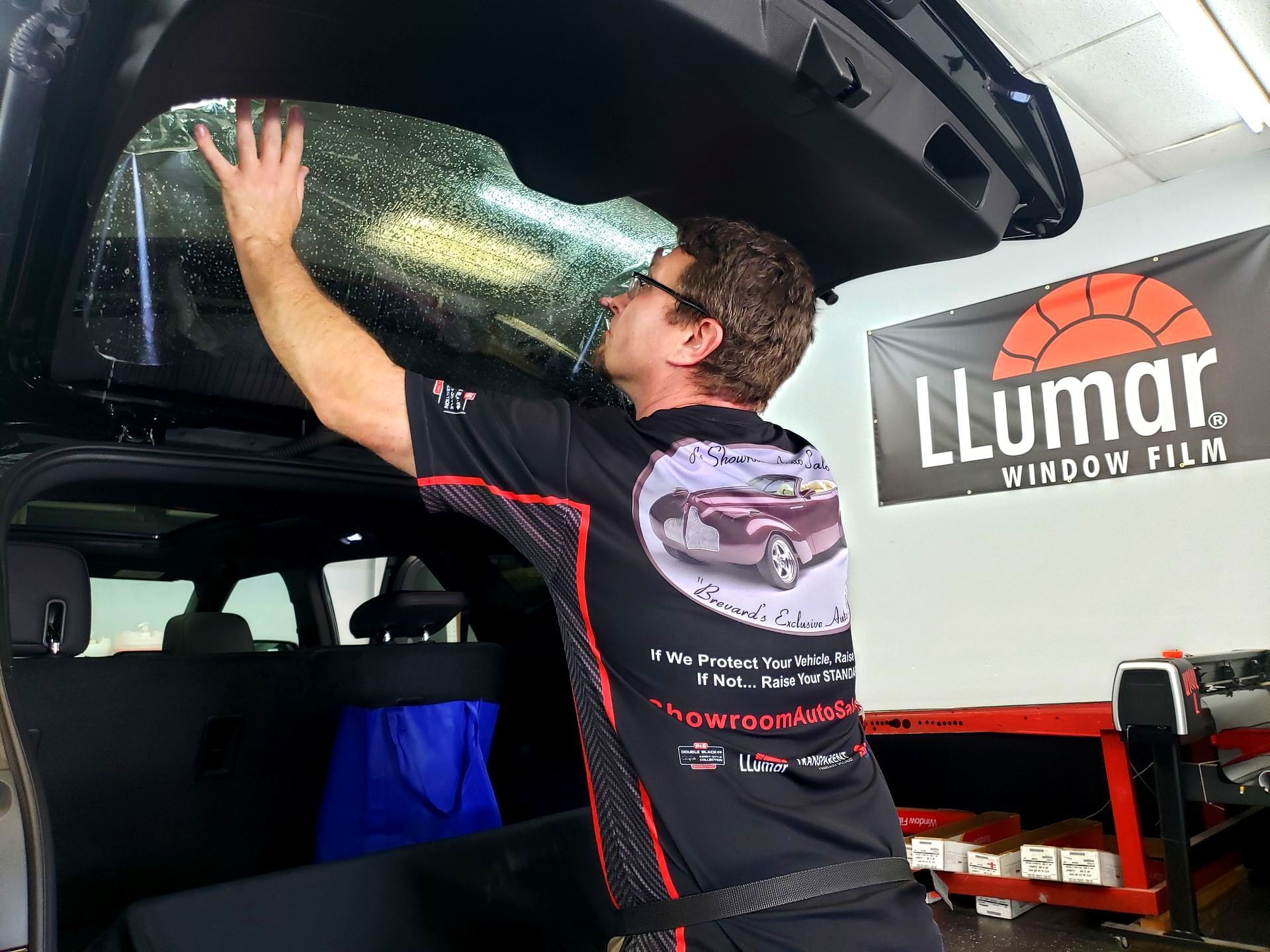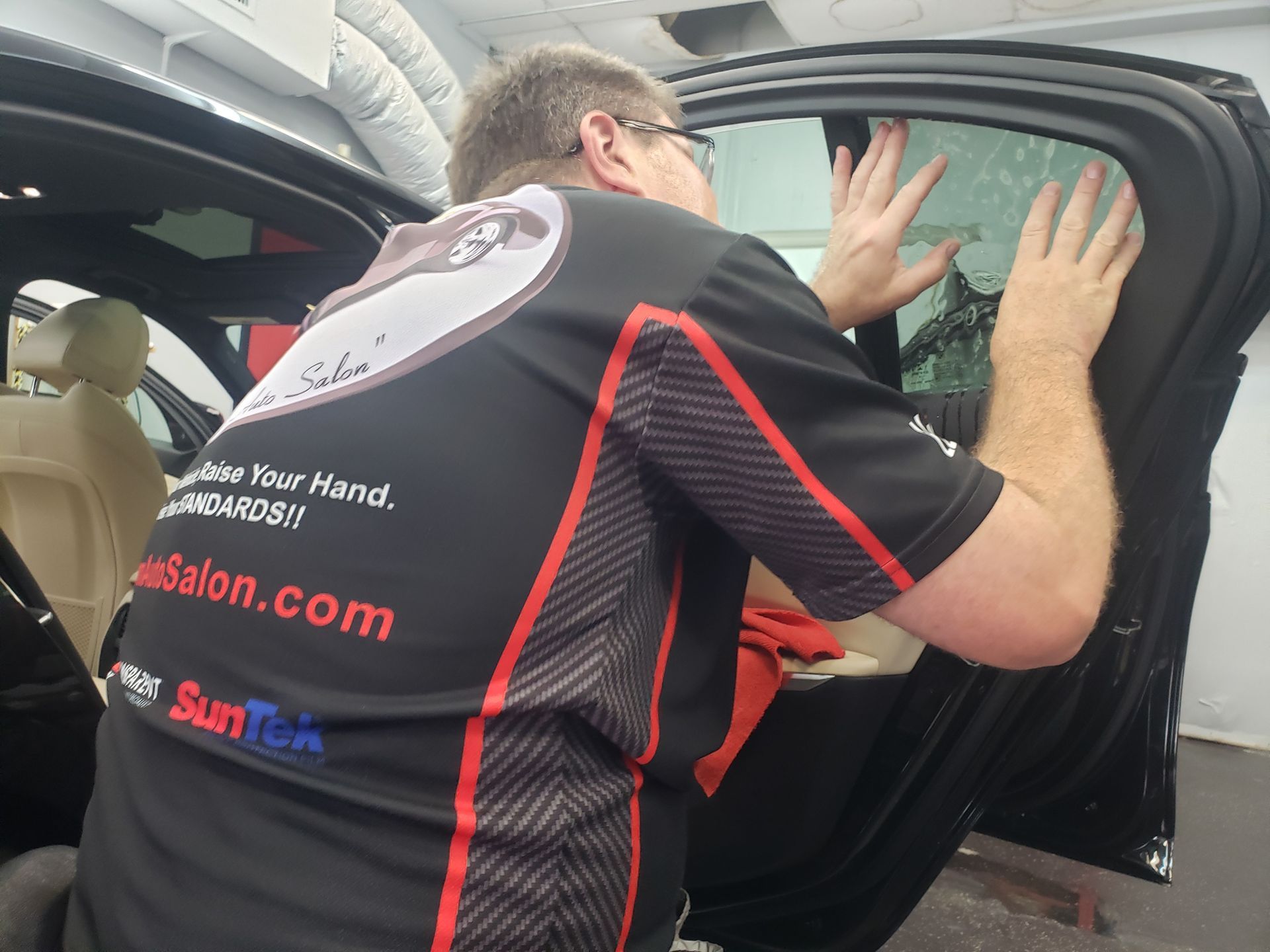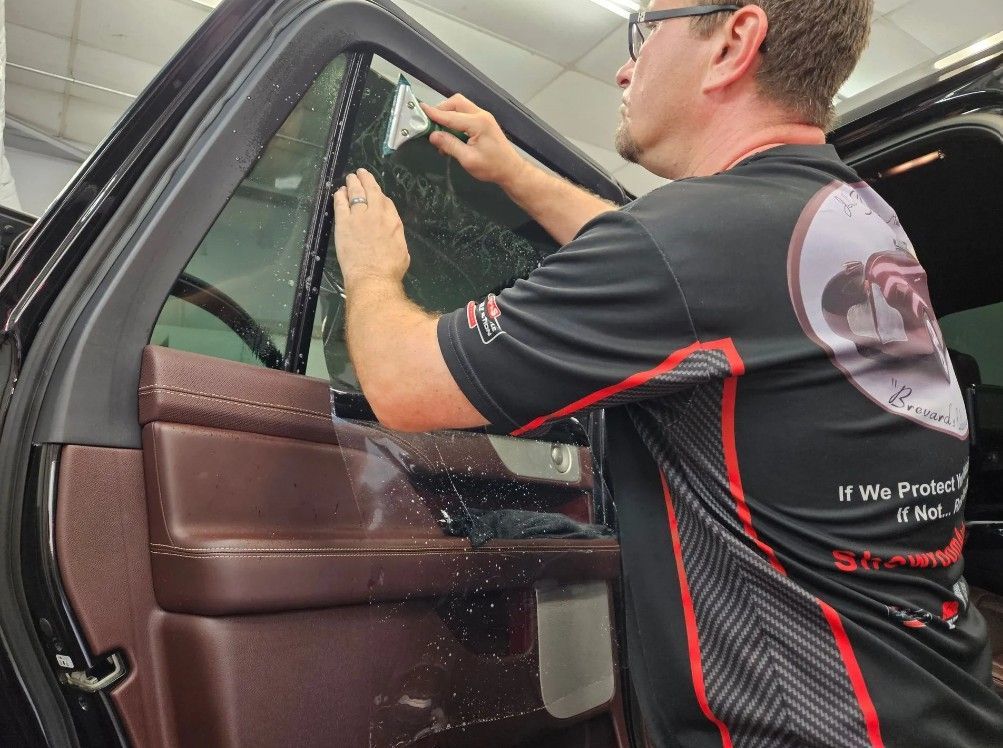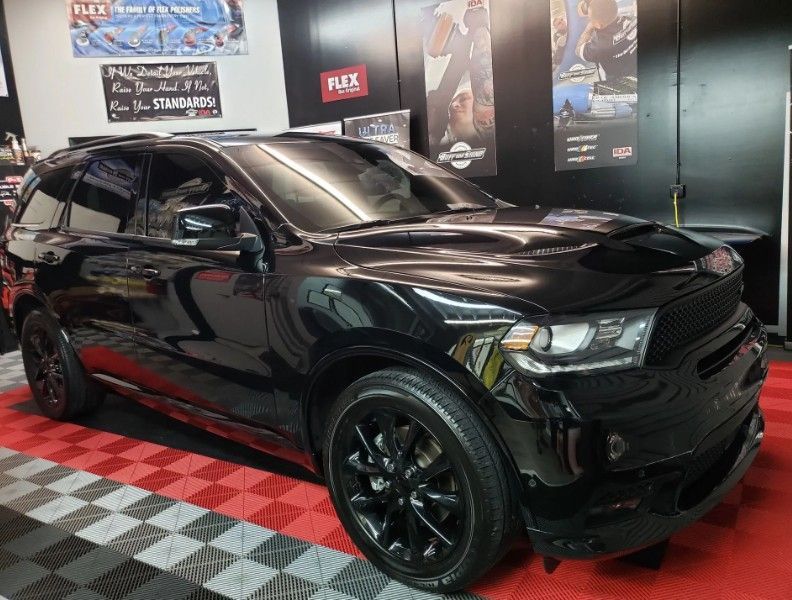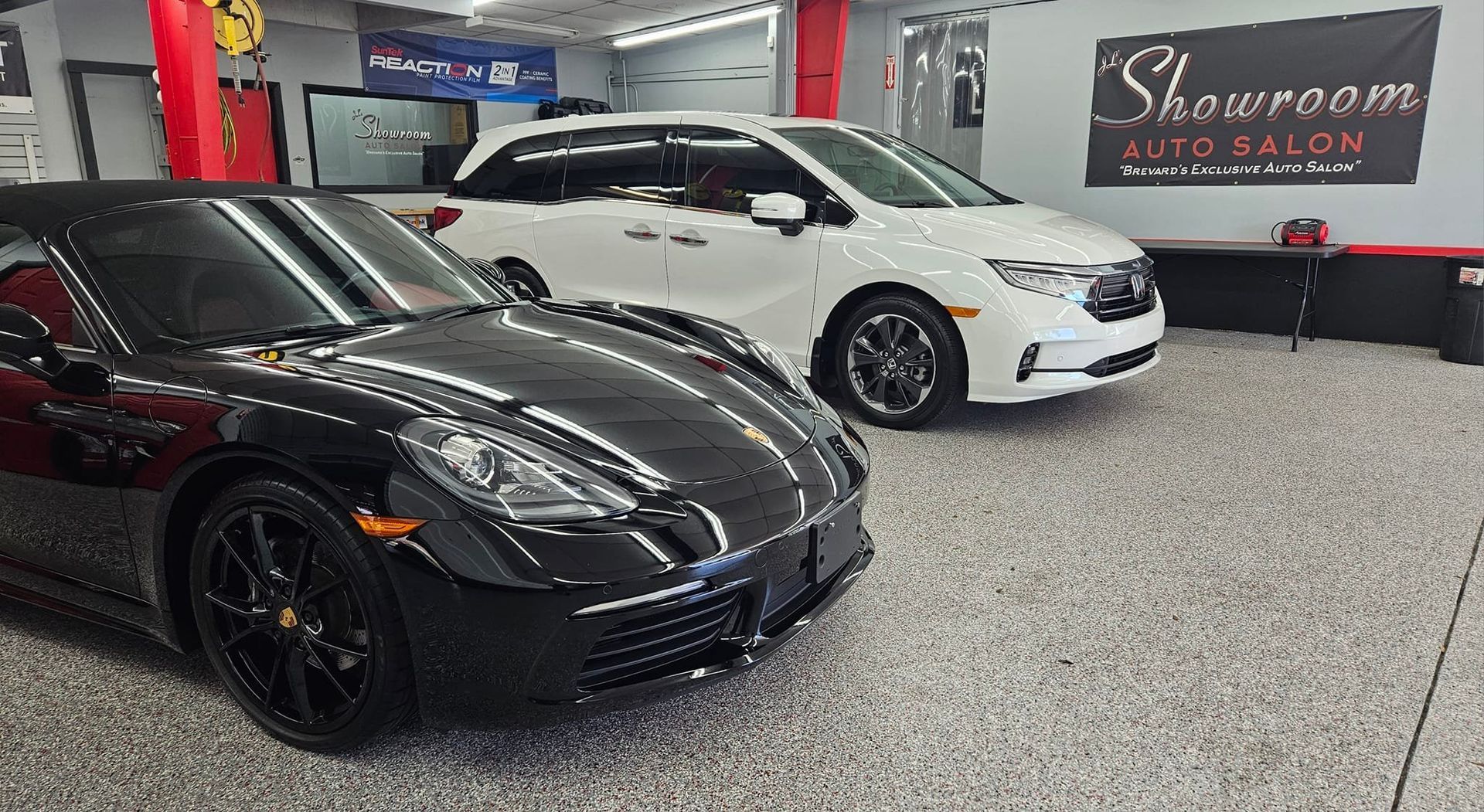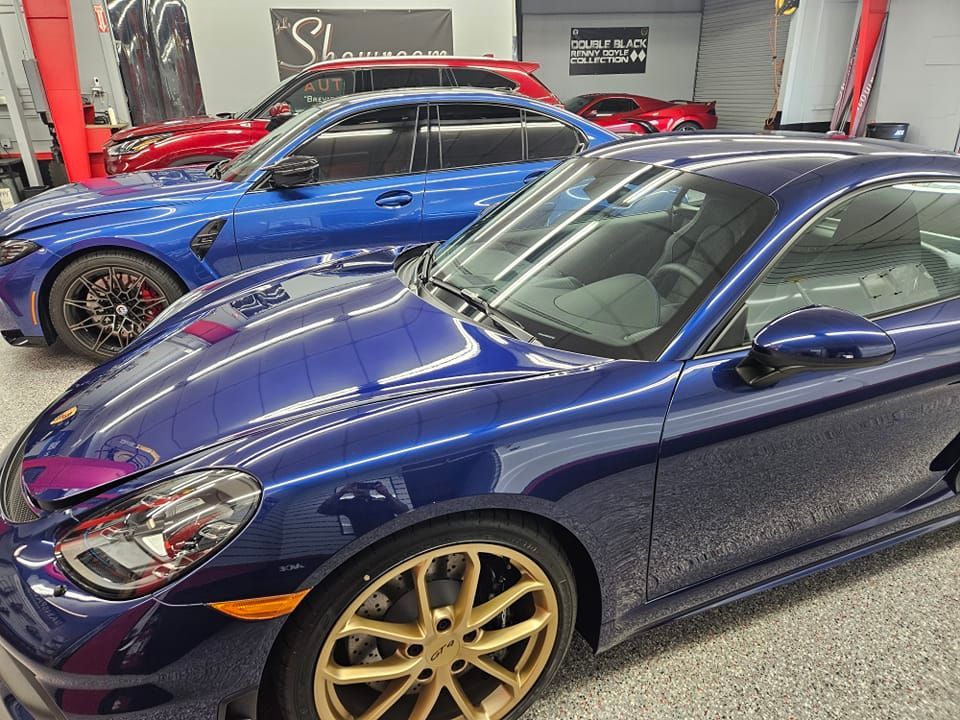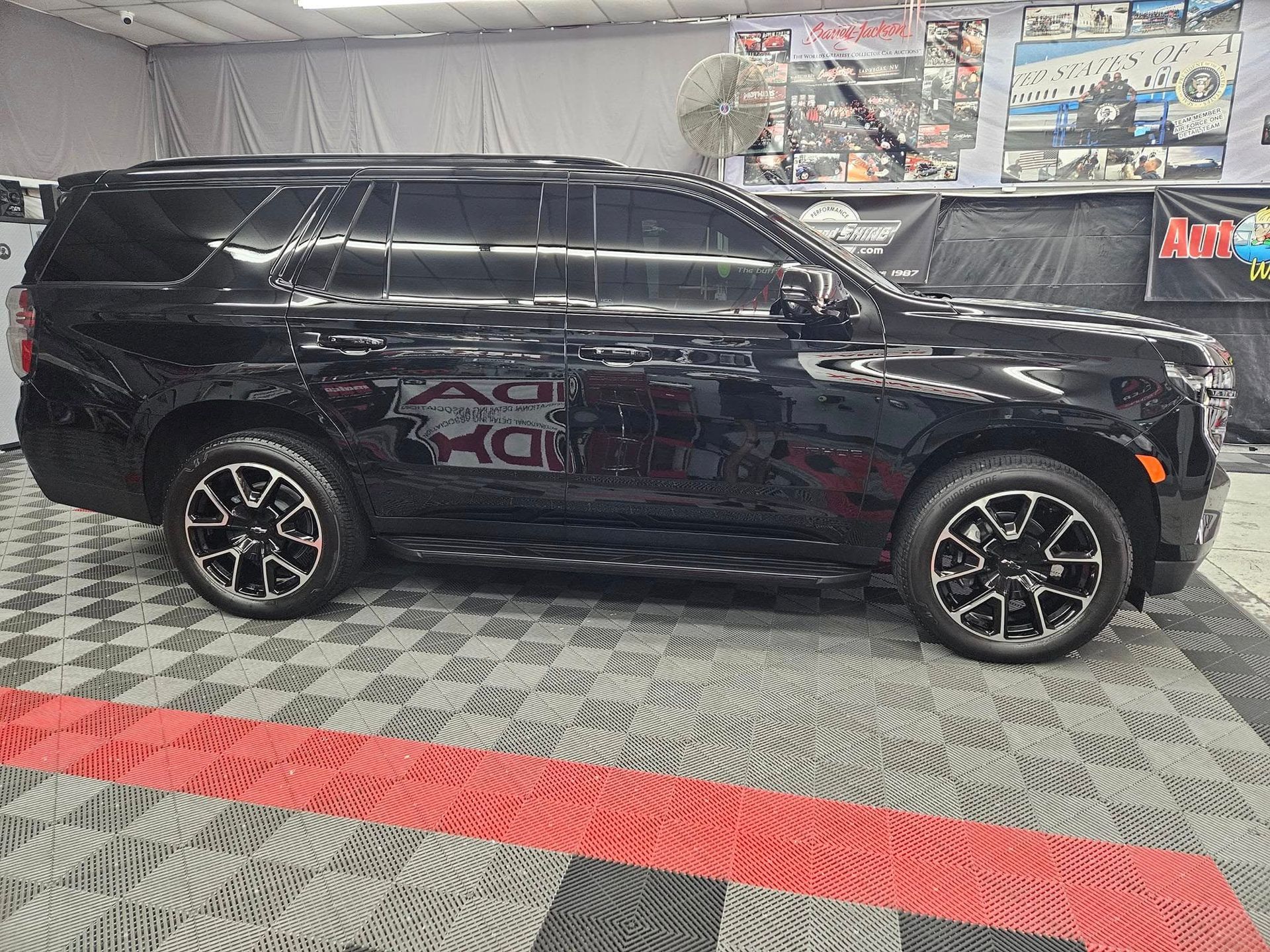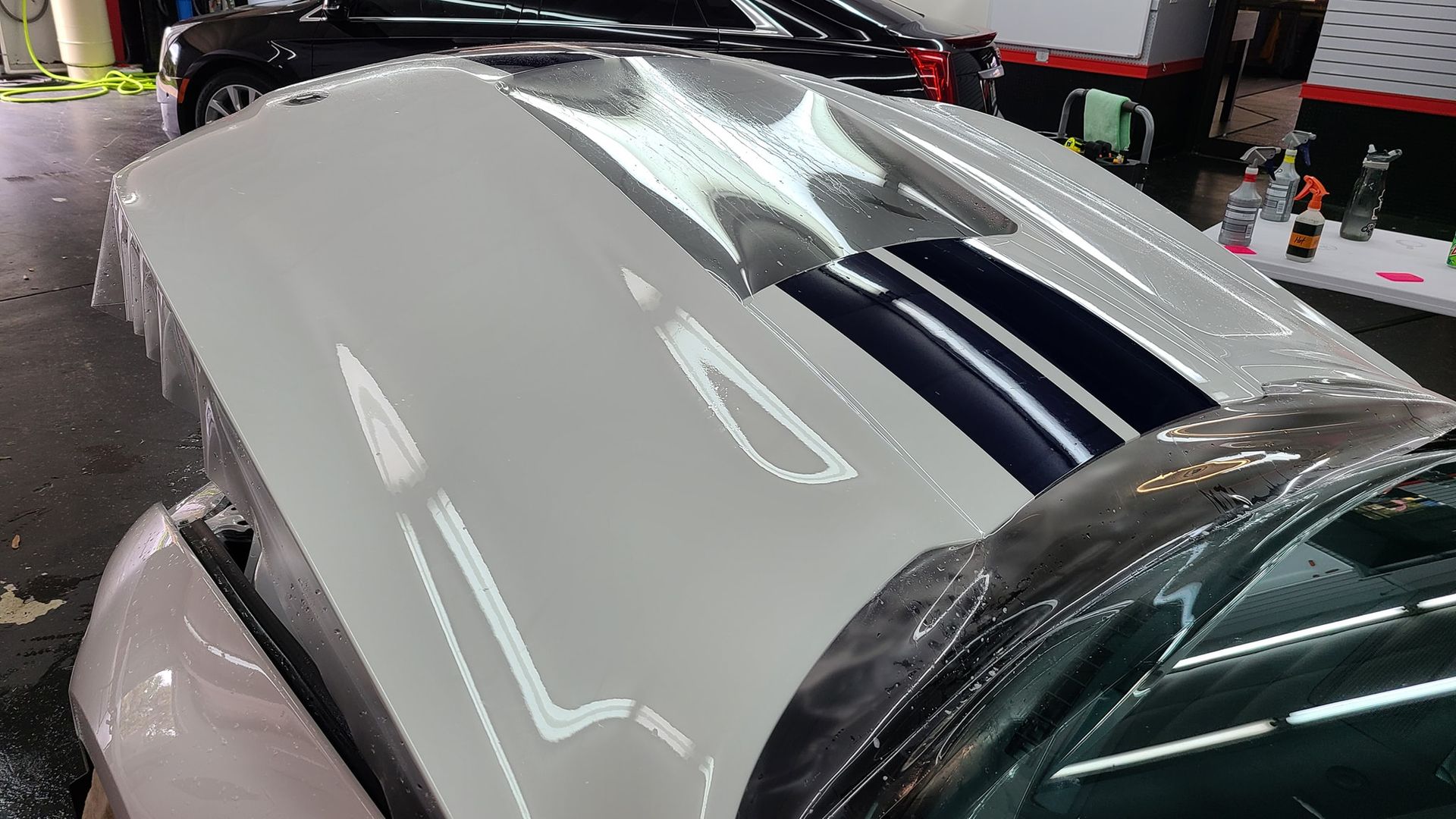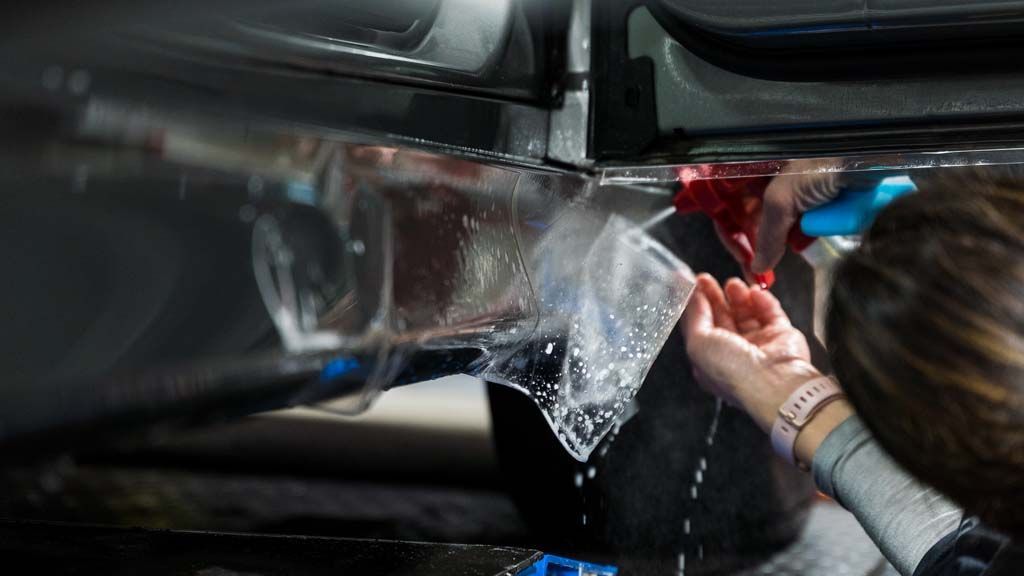How Reflective Auto Tint Works: Benefits, Installation, and When to Use It
Spending time in your vehicle—whether commuting, transporting family, or running errands—can become uncomfortable during intense heat. Reflective auto tint offers an effective solution, significantly reducing interior temperatures while enhancing both comfort and appearance. By blocking a substantial portion of solar heat and harmful UV rays, this advanced tinting technology helps maintain a cooler cabin environment, reducing the strain on your air conditioning system and improving fuel efficiency.
Reflective window tint works by reflecting solar radiation rather than absorbing it, which helps to reduce heat inside vehicles while providing UV protection. It is ideal to use reflective tint in hot climates or during summer months when reducing interior temperatures and enhancing privacy are paramount considerations.
What is Reflective Auto Tint?
Reflective auto tint serves as a multi-layered window film that enhances the aesthetics of your car and boosts its functionality significantly. At its core, this specialized film contains metal particles that give it its reflective qualities. When sunlight hits the surface of your car windows treated with this reflective film, a significant portion of solar energy is deflected away rather than absorbed. This advantage means that instead of trapping heat inside like regular window films, reflective tints actively work to keep your car cooler. The advantages extend beyond merely reducing temperatures. By blocking harmful UV rays, reflective auto tint also shields you and your passengers from skin damage while preventing fading in the interior. Imagine driving through a sunny area on a sweltering day, only to find that the inside of your vehicle is more comfortable than the scorching heat outside. This phenomenon occurs because reflective auto tints can decrease solar heat gain, which implies that not only will you enjoy being in a cooler space, but you'll also likely experience lower energy costs if you rely on air conditioning during hot months.
It's essential to remember that reflective auto tint provides daytime privacy while still allowing visibility from within the vehicle. However, this effect reverses at night; if internal lights are on, outside visibility becomes limited. As a result, the effectiveness of reflective tints can change depending on the time of day. Understanding how these unique properties differ from traditional window tints is key when deciding what’s best for your needs. Unlike standard non-reflective tints that simply darken the windows without significant thermal or glare-reducing effects, reflective tints cleverly combine both aesthetics and functionality to create a superior automotive experience. Whether you're navigating city streets or cruising down an open highway, choosing reflective auto tint can enhance the comfort and privacy of your journey while protecting your vehicle's interior and your skin from sun damage.
Comparing Reflective and Regular Tint
- Heat Rejection: Reflective tints excel at blocking solar energy, capable of preventing more heat compared to standard regular tints. Reflective auto tints can significantly improve your car's interior temperature during hot summer days. Imagine getting into your vehicle after it has been parked in the sun; reflective tints can significantly reduce that painfully hot seat situation.
- Visibility: One significant difference comes into play regarding visibility. While reflective tints provide clear visibility from inside during the day, they give off a mirror-like effect when viewed from the outside. However, this characteristic reverses at night; interior lights can reflect off the tint, compromising outward visibility. The downside here is especially critical for nighttime driving when you may need to see clearly while navigating through streets or busy intersections.
- Privacy: When it comes to privacy, reflective tints shine brightly—literally. They create a barrier that makes it difficult for outside observers to look inside your vehicle during daylight hours. On the other hand, regular tints offer decent privacy as well but aren't as effective once daylight dims, exposing more of the internal view if lights are on inside.
Keep in mind that reflective tints benefit those who prioritize heat control but tend to compromise visibility at night, making regular tints appealing for those looking for balanced privacy without sacrificing too much visibility after dark.
Advantages of Reflective Tint
One of the primary reasons drivers choose reflective auto tint is its ability to enhance solar control inside the vehicle. By reducing the amount of heat-generating infrared radiation, reflective tint helps maintain a cooler and more consistent cabin temperature, making every drive more comfortable. This reduced heat buildup eases the load on your air conditioning system, which can lead to improved efficiency and less frequent use. In addition to comfort, reflective window films provide meaningful UV protection, helping to shield passengers from harmful rays and preventing interior surfaces from fading or deteriorating. This benefit is particularly valuable during extended drives or for families with young passengers seated near windows. Reflective tint not only improves comfort—it also supports long-term protection for both your vehicle and those inside it.
Enhanced Privacy
Beyond temperature regulation and UV protection, reflective tints provide increased privacy—a critical component for many vehicle owners. Imagine being able to enjoy your ride without feeling like you're constantly being watched from the outside. Reflective tints often create a mirror-like effect during the day, making it difficult for onlookers to see inside your vehicle while still allowing you to maintain clear visibility on the road. However, it's important to note that at night, if interior lights are on, this effect can reverse. The privacy benefit during daylight hours makes it worthwhile for many car owners despite this potential trade-off. Additionally, the low maintenance requirement of reflective tints is another winning aspect. Unlike standard tinting options that may require frequent replacements or special cleaning techniques, reflective tints generally only need occasional cleaning with simple solutions like mild soap and water for upkeep. This ease of care means less time worrying about appearances and more time enjoying the ride!
Professional Process for Reflective Auto Tint Installation
Proper installation of reflective auto tint is critical to achieving maximum performance and aesthetic value. This process involves a series of detailed steps that must be performed with precision and care, using the right tools and techniques. Below is a breakdown of how professionals install reflective window tint to ensure optimal results and long-lasting durability:
- Preparation and Tool Assembly: Before installation begins, the necessary tools and materials are gathered. This includes pre-cut reflective tint film, a professional-grade squeegee, a spray bottle with a specially formulated soapy water solution, microfiber cloths, and a precision razor blade for trimming. These tools allow for smooth handling, accurate alignment, and a seamless final finish.
- Thorough Window Cleaning: Cleaning the windows is an essential step, as any residual dust, grease, or debris can cause bubbling or imperfections under the film. Using the spray bottle and microfiber cloth, professionals clean the entire surface, paying special attention to corners and edges where grime often accumulates. The process ensures a perfectly clear surface for the film to adhere to.
- Film Sizing and Pre-Cutting: Next, the reflective tint film is measured and cut slightly larger than the window dimensions. This provides flexibility during application and ensures full coverage. Each piece is carefully trimmed later in the process for a perfect edge-to-edge fit.
- Wet Application of the Film: Both the adhesive side of the tint film and the exterior of the glass are lightly misted with the soapy water solution. This technique allows for easy repositioning of the film during alignment and helps prevent air pockets from becoming trapped beneath the surface.
- Film Alignment and Application: The tint film is then gently applied to the glass, starting from the top and working downward. Using the squeegee, professionals smooth the film outward from the center to the edges in firm, consistent strokes. This step eliminates air bubbles and ensures a secure, even bond with the glass.
- Precision Trimming and Edge Work: Once the film is positioned and smoothed, excess material is trimmed away with a razor blade. Technicians make clean, accurate cuts along the edge of the glass to create a factory-quality appearance. Special care is taken to maintain consistent lines without damaging seals or surrounding trim.
- Final Smoothing and Inspection: A final pass with the squeegee removes any remaining imperfections or moisture between the film and the glass. The tint is closely inspected to confirm that the adhesion is uniform and the surface is flawless. At this point, no bubbles, creases, or misalignments should remain.
- Curing Period: After application, the vehicle is kept in a controlled environment and the windows must remain closed for a minimum of 48 hours. This curing period allows the film to fully bond with the glass, ensuring long-term durability and performance.
Reflective auto tint installation is a meticulous process that requires skill, patience, and the right tools to achieve professional-grade results. When done correctly, it enhances the appearance of your vehicle and ensures superior heat rejection, UV protection, and driving comfort. By trusting experienced professionals with the installation, you can enjoy all the benefits of reflective tinting without compromising on quality or longevity.
Design and Practicality in Reflective Tint
Reflective tint goes beyond mere functionality; it embodies a sophisticated design ethos that can dramatically enhance the visual appeal of any vehicle. The modern aesthetic it provides is not just a superficial upgrade but rather an essential element that effortlessly combines beauty with performance. Imagine cruising down the street, the sunlight bouncing off the sleek exterior of your car, and you have to wonder: who wouldn't want a piece of that look? Many premium vehicles are now opting for metallic reflective tints, making them stand out amidst a crowd of ordinary cars!
The Combination of Function and Form
What makes reflective tints particularly appealing is their ability to deliver exceptional performance without compromising style. They excel at heat rejection, blocking significantly more infrared rays than regular tints. For drivers living in sweltering climates, this means a much cooler car interior while reducing reliance on air conditioning—thereby improving fuel efficiency as well. This functional sophistication comes with undeniable practicality. Although regular tints offer moderate heat rejection and daytime privacy, reflective tints often take those qualities to new heights. With their mirror-like surface, they provide outstanding daytime privacy while keeping prying eyes away. However, nighttime clarity can suffer due to glare; hence, understanding your driving needs is crucial when selecting which type is best suited for you. It’s easy to get caught up in aesthetic improvements, yet it’s equally important to recognize how practical elements ensure that reflective tint helps maintain your vehicle's value.
Durability Meets Style
In addition to looking appealing, high-quality films are designed to be scratch-resistant—this durability minimizes the chance of needing repairs or replacement over time. So not only does your vehicle look fantastic, but you’re also making a long-term investment in materials that withstand the rigors of daily use. When you think about it logically, combining stunning visuals with durability makes reflective tint an essential choice for anyone focused on preserving their vehicle's aesthetic while enhancing comfort and protecting integral components. Reflective tint serves as both a style statement and a necessary upgrade for those who take pride in their vehicles!
Ultimately, investing in high-quality reflective auto tint is a smart decision that balances style, functionality, and protection for your vehicle. It reflects more than just light—it reflects your commitment to quality and aesthetics.
Premier Auto Window Tinting Services in Viera, FL
Enhance your driving experience with
expert window tinting services from JL’s Showroom Auto Salon—Viera’s trusted name in automotive care. Our precision-installed tints reduce interior heat, block harmful UV rays, and add a sleek finish that complements any vehicle. Whether you’re aiming for cooler commutes or increased privacy, our high-performance films deliver both function and style.
Schedule your service today and discover the lasting difference that professional window tinting can make!
